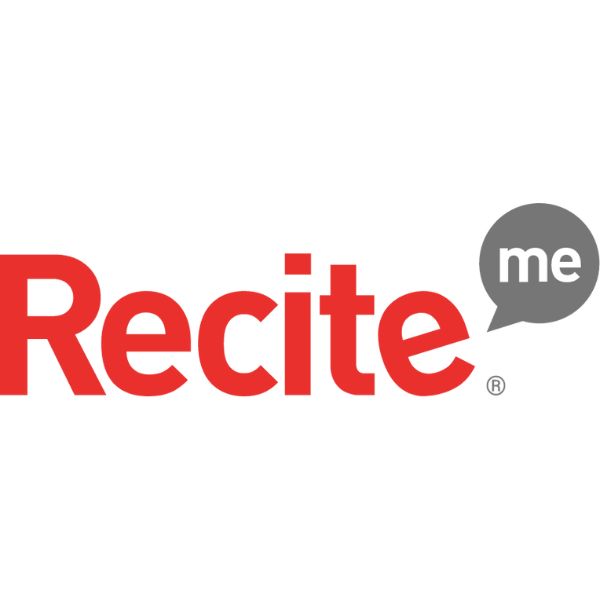Insights
INSIGHTS
All Topics
My Account
Using data to create the perfect donor experience
02 Nov 2022by Laura Stanley
Sponsored by PIR
The fourth article in our series with the Public Interest Registry looks at how data can help charities provide a personalised experience for their donors
Public Interest Registry (PIR) is the non-profit organisation that powers .ORG, the original purpose-driven “generic” top-level domain (gTLD) with more than 10.5 million domain names registered worldwide. PIR has been a champion for a free and open Internet for more than 15 years with a clear mission to be an exemplary domain name registry, provide a trusted digital identity, and help educate those who dedicate themselves to improving our world.
Personalisation is more than a name at the top of an email. Today in the charity sector, personalisation means talking about ‘the donor journey’—the cycle your audience goes through when supporting your charity.
It starts with the moment they find you—the ‘awareness’ stage—and continues with the moment they decide to donate.
The key to preserving the cycle is building a relationship with your donors so that they repeat donations and continue to donate long into the future.
Personalisation helps charities build that relationship by tailoring your content to donors, depending on where they are on that journey. Once supporters have donated, it is about sending thank yous, showing them what they’ve funded, and re-engaging them further down the line.
Of course, all of these actions need data to back them up. Your charity has two types of data that will help inform how you engage with your supporters: explicit and implicit. The focus for charities should be on finding explicit data, with donor consent, which charities can use to personalise journeys.
Explicit data is what donors give to you themselves, such as contact information, age, name, and address. Implicit data deals with data that, when analyzed, allows you to glean additional data.
It’s very important to note that both explicit and implicit data are personal data and the use of personal data for marketing to your donors or customers will require you to be familiar, and comply with a variety of data protection and privacy laws.
Valuable data doesn’t mean all data
Given the sheer amount of data that charities are looking after, it can be hard to see the wood for the trees. So it is good practice to clean up your data first.
Make sure you know exactly what data you need and remove what is superfluous to the task. You don’t need everything and it’s not good practice to have or collect more data than you need for your purpose.
This is another area where you should consult experts or resources to understand and adhere to any restrictions on processing personal data.
CRM systems
Start with your CRM system. This is home to all your established contacts, their names, ages, email, and donation history. This is all valuable information but bear in mind that CRM systems only know your current contacts.
If using your CRM to analyse audience behaviours, it can only predict based on data of people who consensually agreed to give their data for the purposes of the CRM. So its assistance in helping you reach more people will be limited.
Websites
Your website is another good place to find information. The ‘Data-Driven Personalization Survey’, conducted by marketing firm Ascend2, found that more than half of marketing professionals believe website activity is the most important data used for personalisation efforts.
With a sign-in process, charities can find out the names and email addresses of those who have been interacting with content and tailor their communications to those people. The resulting correspondance can give visitors content better suited to their needs, as long as the audience members gives consent for the charity to do so.
Another important area is using anonymous, or aggregate, website data, which allows charities to understand audience behaviour without targeting individuals. So, for example, look at Google Analytics and discover your page views, time spent on particular web pages, the scroll depth, bounce rate, and much more. Investigate and use the data to draw broader conclusions about audience behaviour.
Social media
Social media can also provide great insight about a charity’s audience. Charity Facebook pages and interactions on Twitter and Instagram can show you what content is shareable and what drives people to your site.This is another use for broad anonymised data, which allows charities to understand trends and patterns, which can inform longer-term strategies and set the charity on the path to success.
Most social media data is important. Ensure that you look at the charity’s own accounts and the mentions and reposts that come through others. Using special referral links, or UTMs, can show you what people are clicking and what site they’ve come from.
There are also lots of social media management platforms that data can be extracted from, such as Buffer, TweetDeck, and Hootsuite. You can use data from past posts to refine future posts, allowing the past to inform your present posts and future scheduling processes.
How does personalisation pay off?
Personalisation is the key to taking your fundraising to the next level. It can build a more solid relationship between a charity and its supporters, while also helping the organisation tailor its ask. Instead of sending out blanket requests, it can tailor its asks to their audience.
In a pandemic, such considerations are crucial. The pandemic affected the way that charities like SSAFA, the Armed Forces Charity, asked for help from their supporters, knowing that it may be a time when they are struggling themselves. Being able to personalise their communications can make a big difference.
What are the three core tips for using data for personalisation?
- Clean your data: sending out duplicate messages or using the wrong name defeats the aim of personalisation
- Use the data you have intelligently: find out what makes your different audiences tick and tailor your contact with them accordingly
- Be transparent: be honest and open about how you use data
Find out more on how to use your data effectively
Check out PIR’s resources to discover how data can help your charity increase support and drive donations
More on this topic
Related Content
Recommended Products
Featured Products
Our Events
Charity Digital Academy
Our courses aim, in just three hours, to enhance soft skills and hard skills, boost your knowledge of finance and artificial intelligence, and supercharge your digital capabilities. Check out some of the incredible options by clicking here.

















